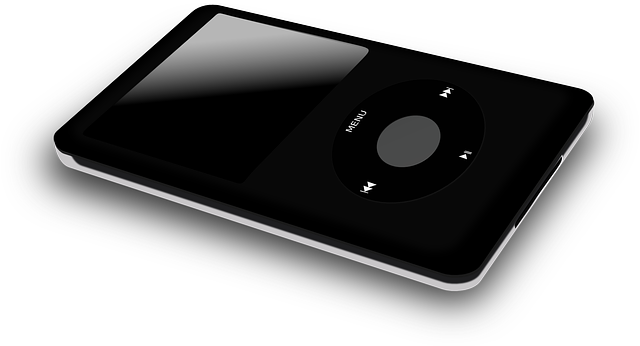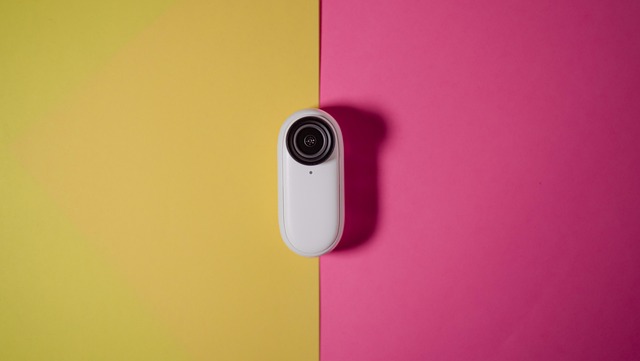Converting DivX to MP4 format offers significant advantages for media enthusiasts. The open standard of MP4 ensures wide device compatibility, smaller file sizes without quality loss, and support for advanced features. This conversion is crucial for seamless video sharing across smartphones, tablets, smart TVs, and online streaming services. User-friendly tools make the process straightforward, catering to basic and advanced users alike. Best practices include maintaining source video quality, using H.264/AVC with AAC audio codec, adjusting bitrates according to devices, and regularly testing converted files for optimal playback across diverse platforms.
Looking to seamlessly transfer your media across devices or platforms? Discover the power of converting DivX to MP4, offering flexible file formats for diverse playback options. This guide dives into the understanding and advantages of these formats, explores why choosing flexible playback is crucial, introduces user-friendly tools for easy conversion, highlights common use cases, and shares best practices for optimizing your converted files. Unlocking the potential of Convert DivX to MP4 has never been easier!
Understanding DivX and MP4 File Formats

DivX and MP4 are two popular video file formats, each with its own unique advantages. DivX, initially developed as a patent-protected format, offers high-quality compression for videos while maintaining a small file size. It’s widely compatible with various media players and has been a favorite among users looking for optimal video quality without sacrificing storage space. On the other hand, MP4 (MPEG-4 Part 14) is an open standard supported by virtually every modern device and media player. This versatility makes it a universal choice for sharing and playing videos across different platforms.
Converting DivX to MP4 can be beneficial for users who want to ensure their videos are compatible with the broadest range of devices and applications. Many modern media players and streaming services prefer MP4 due to its robustness and support for advanced features like subtitles, audio tracks, and timestamps. Therefore, converting your DivX videos to MP4 format ensures they remain accessible and playback without issue on any device or platform.
Advantages of Converting DivX to MP4

Converting DivX to MP4 offers several advantages for users looking to enhance their media playback flexibility. One of the key benefits is compatibility; MP4 is a widely supported format across various devices and platforms, ensuring your videos can be enjoyed seamlessly on smartphones, tablets, computers, and modern smart TVs without any issues. This versatility is particularly useful for those who want to share or stream their content without worrying about compatibility problems.
Additionally, MP4 files provide improved compression rates compared to DivX, resulting in smaller file sizes while maintaining high-quality video and audio. This advantage is significant for users who need to manage storage space or want to facilitate faster downloads and uploads. The conversion process also allows for better control over video parameters, such as resolution, bit rate, and encoding settings, enabling users to tailor the output format to their specific playback needs.
Why Choose Flexible Playback Options?

Choosing flexible playback options offers several significant advantages, especially in today’s diverse media landscape. One of the key benefits is the ability to seamlessly convert DivX to MP4 format, ensuring compatibility across a wide range of devices and platforms. This flexibility is crucial for content creators and consumers alike, as it allows for easy sharing and playback on smartphones, tablets, smart TVs, and more.
By opting for flexible formats, users can take advantage of enhanced playback experiences tailored to their preferences. Whether it’s high-definition video or specific audio settings, these options enable personalized streaming, making media consumption more enjoyable and accessible. It’s a game-changer for those who want control over their content without sacrificing compatibility.
Tools and Software for Easy Conversion

Converting videos between formats has never been easier, especially with a wide array of tools and software designed for seamless transitions. For instance, converting DivX to MP4 is now just a few clicks away thanks to user-friendly applications that simplify the process. These tools not only offer efficient conversion but also ensure high-quality output, preserving the original video’s quality and integrity.
One popular option is using online converters, which are accessible and free for basic use. They allow users to upload their DivX files and instantly convert them into MP4 format, suitable for various playback devices and platforms. Alternatively, dedicated video editing software often includes built-in conversion tools, providing a more comprehensive solution for those who require additional editing features beyond simple format changes.
Common Use Cases for DivX to MP4 Conversion

Converting DivX to MP4 opens up a world of possibilities for multimedia enthusiasts and professionals alike. One common use case is for online video sharing platforms. As many streaming services support MP4, converting DivX videos to this format ensures wider accessibility and compatibility. It’s especially useful for content creators aiming to reach a global audience without worrying about playback issues on different devices or platforms.
Another prevalent scenario involves editing and archiving purposes. Video editors often work with various formats, and having DivX videos readily convertible to MP4 streamlines the workflow. Additionally, when building multimedia libraries or archives, converting DivX to MP4 offers a convenient way to standardize video collections, ensuring smooth playback across devices and platforms without the need for additional conversions.
Best Practices for Optimizing Converted Files

When converting DivX to MP4, it’s crucial to follow best practices for optimal file performance and playback across various devices. Start by ensuring your source video is of high quality and properly encoded; this minimizes loss during conversion. Next, select appropriate codecs and settings in your conversion software. H.264/AVC with AAC audio is a popular combination offering excellent compression without sacrificing quality. Adjust bitrates accordingly; higher bitrates provide better quality but larger file sizes.
Consider target devices and platforms for your MP4 files. For web streaming, optimize for lower resolutions and bitrates to ensure smooth playback over limited bandwidth. Conversely, if you’re preparing content for high-end hardware like 4K TVs or powerful gaming PCs, maximize bitrates and resolution for the best visual experience. Regularly test converted files on different devices and players to verify compatibility and quality.
Converting DivX to MP4 offers a seamless way to enjoy multimedia content across various devices and platforms. By leveraging flexible file formats, users can access their favorite videos with diverse playback options. With the right tools and software at hand, the process is both easy and efficient. Understanding the advantages and best practices ensures optimized files for an enhanced viewing experience. Whether for personal or professional use, converting DivX to MP4 opens up a world of possibilities, making it a valuable skill in today’s digital landscape.
